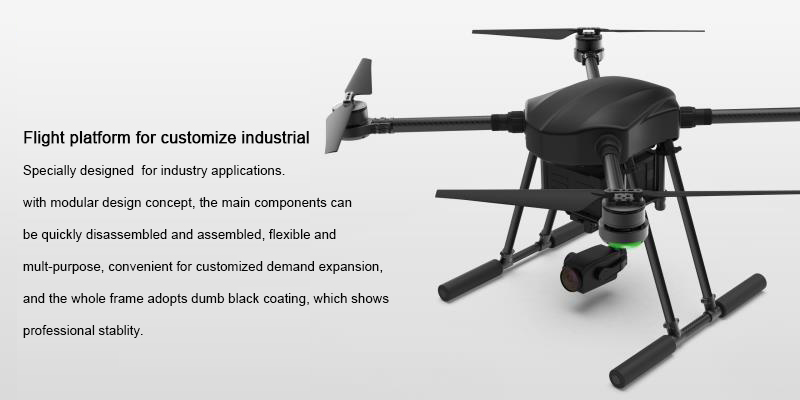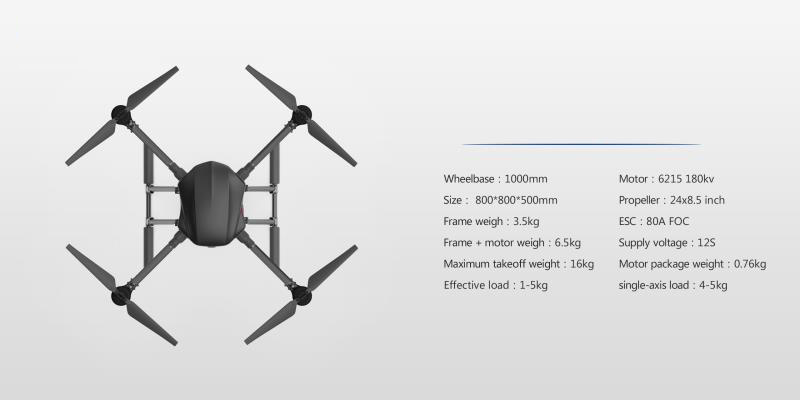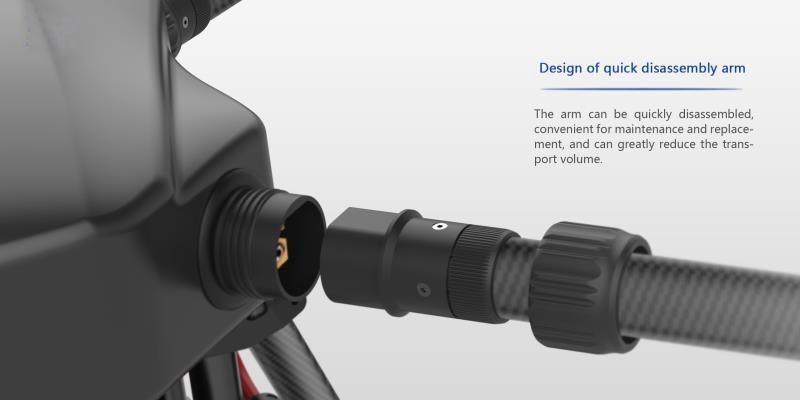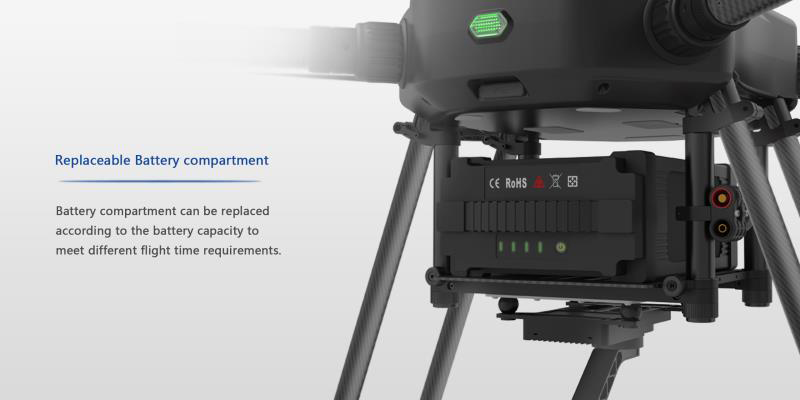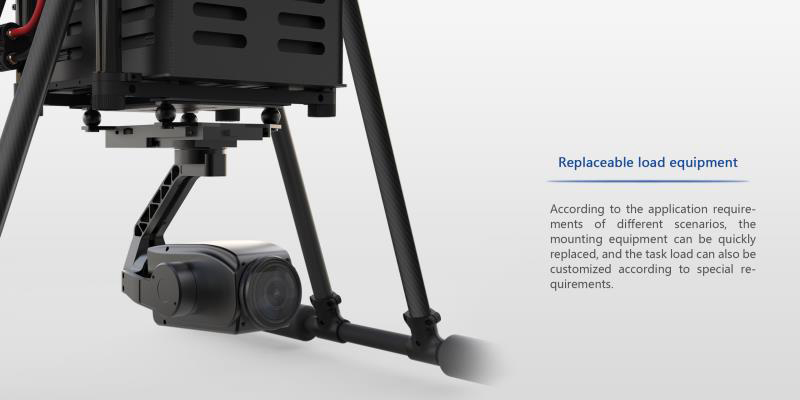The function of 4 most common sensors for drones
With the advancement in drone technology, many companies have started putting sensors for drones to collection of data. This data they collect can be used for various purposes.
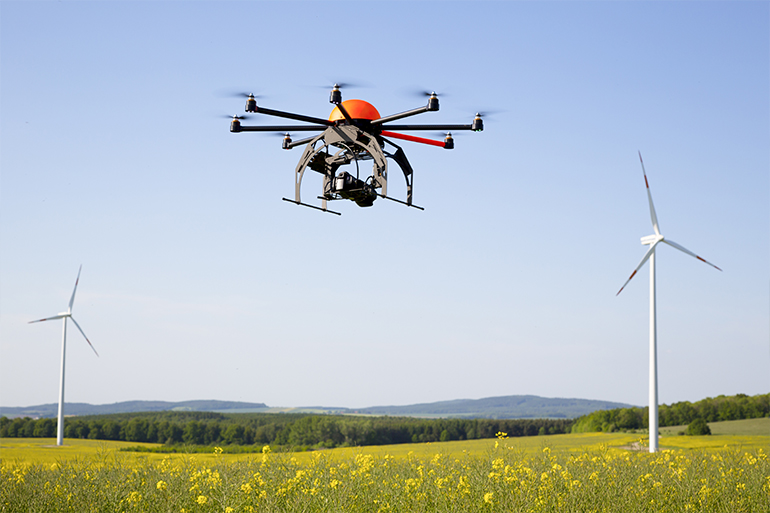
A sensor is a device that detects changes in electrical, physical or other quantities and thereby produces an output, as an acknowledgement of the change in the quantity. Mostly, this output is in the form of an electrical or optical signal. Drones can make use of sensors to detect changes in their surroundings that allow them to maneuver better and also collect critical data about the object they are inspecting.
TYPES OF SENSORS
There are different types of sensors for drones to record different types of changes and collect a variety of information.
Speed and Distance Sensors
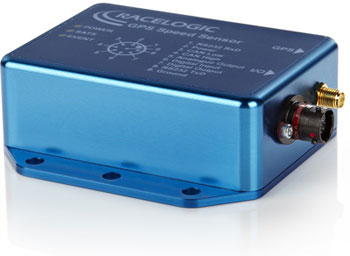
These sensors can be used to detect the speed of the drone or measuring the distance between drone and another object, without actual physical contact with the object. This can be done in many ways, such as:
Sonar-pulse distance sensing - Ultrasonic waves are sent from the sensor and then collected back to estimate the distance of an object from the drone in form of pulse width of the waves. But as it used sound waves, this method can be irregular if too much noise is present in the environment.
Light-pulse distance sensing - It is a direct measuring method which uses a laser diode that emits extremely short, but powerful light pulses that are reflected by the objects and then detected again by a light sensitive receiver. Its advantage lies in its accuracy, noise immunity and precision.
Magnetic-field change sensing - These sensors can be used to sense the presence of magnetic objects and fields and can be helpful in determining the position of the drone.
These sensors can help a drone to avoid collision, navigation, altitude detection etc.
Infrared and Thermal sensors

The potential uses for infrared sensors, especially in cameras, are vast and include search and rescue, surveillance, crop and forest health, pipeline inspection, leak detection etc., depending upon the precision of the sensor. Infrared is not visible to the human eyes but one can probably feel it sometimes as radiated heat when its intensity is high. A thermal camera can hence detect areas of higher temperatures. It can reveal overheating sections of electrical equipment in various devices such as switch-gears and substations. A drone can help to detect these sections from a distance and increase the safety of human personnel. They can also be used for night vision and surveillance.
Image sensors

An image sensor can detect and convey information about what constitutes an image. It is done by converting the variable attenuation of light waves into signals. They are used in the cameras which the drones carry to create a digital image of the pictures taken by the drone. They can be used for various purposes such as thermography, creation of multispectral images, sensor arrays for x-rays and other highly sensitive arrays for astronomy.
Chemical Sensors
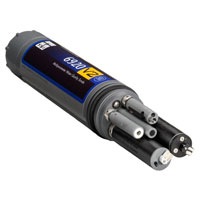
A chemical sensor, in form is a self-contained device, can be attached to a drone in order to provide information about the chemical composition of any environment. With the change in the chemical composition of the environment, analyte molecules inside the device interact selectively with the molecules present on the environment. A transducer can be connected to this device which would send signals when a change occurs.
The future of drone technology depends on sensors in many ways. They have made inroads into many fields and it is necessary that they have the ability to detect the changes in the systems they are meant for. These sensors have helped with that and as they become more and more precise, the service provided by drones will become better.
Fly dragon Customize Industrial Drone frame with rotor, flight time is 30 minutes, 1-2KGS payload for camera, sensors or othequipment.
